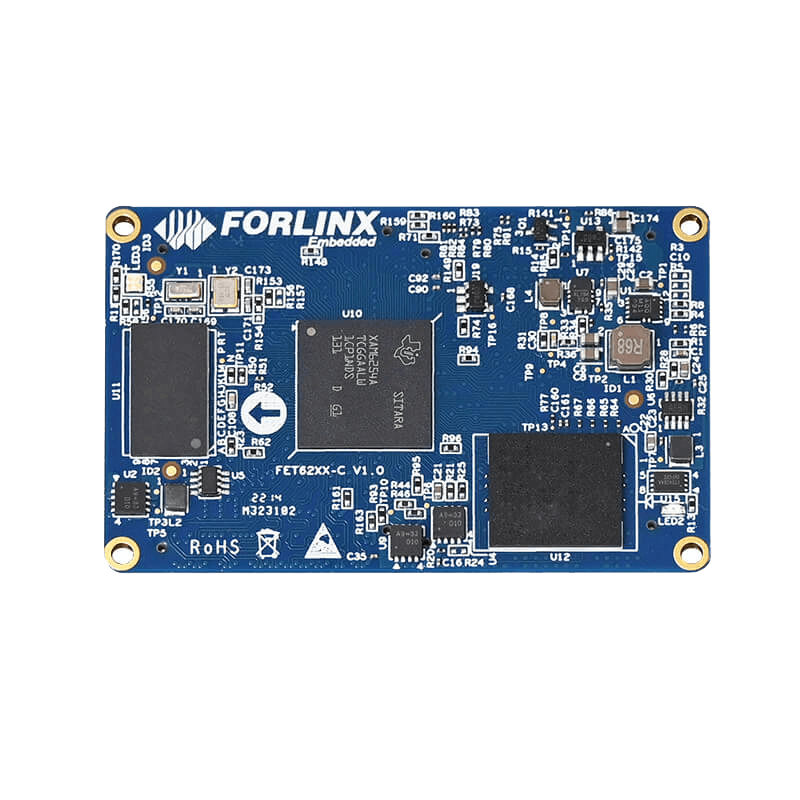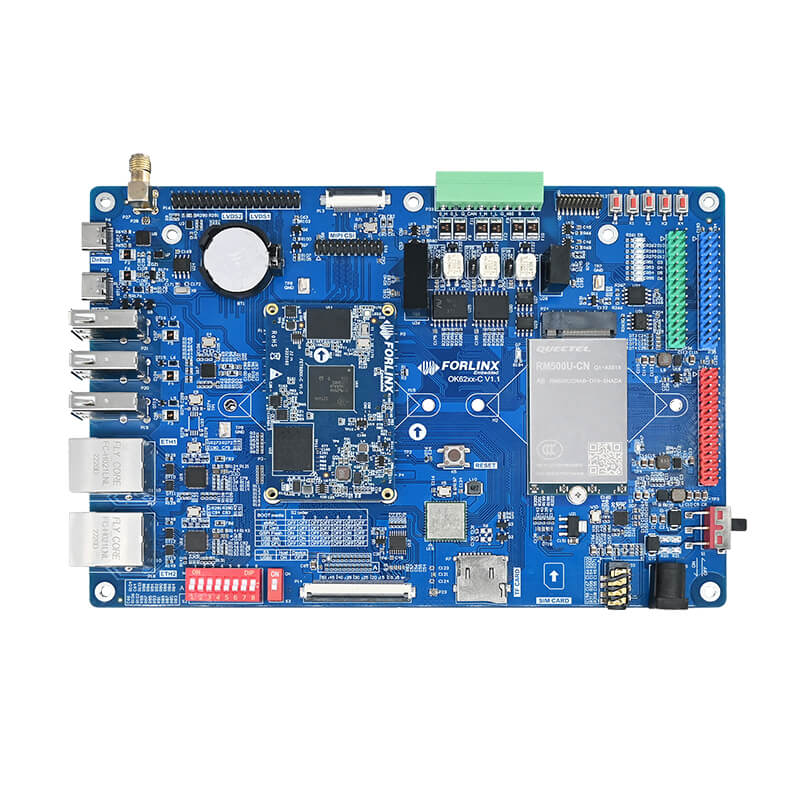
Forlinx FET62xx-C Enhances Performance of Ultrasonic Testing Instruments
Introduction to Ultrasonic Testing Instruments
Ultrasonic testing instruments are portable, non-destructive testing devices that use ultrasonic technology to quickly, conveniently, and accurately detect, locate, and assess various internal defects (such as cracks, porosity, and inclusions) in workpieces. These instruments are suitable for both laboratory environments and field use, and are widely used in industries including, but not limited to, boilers, pressure vessels, aerospace, power, oil, chemical, marine oil, pipelines, defense, shipbuilding, automotive, machinery manufacturing, metallurgy, and metalworking.
Ultrasonic flaw detectors work on the principle that ultrasound waves are strongly reflected when they pass through the interface of tissues with different acoustic impedances. When ultrasonic waves encounter defects or interfaces, they reflect, and the testing instrument identifies and locates these defects by receiving and processing the reflected waves.
Product Features
- High Precision Detection: Capable of accurately detecting minute internal defects such as cracks and porosity, providing detailed information and location of defects.
- Portable Design: Typically designed to be lightweight and easy to carry, enabling quick field inspections.
- Versatility: Many ultrasonic testing instruments offer advanced features such as automatic calibration, automatic display of defect echo positions, and automatic recording of the inspection process.
- User-Friendly: Equipped with intuitive user interfaces and displays, simplifying operation while providing detailed inspection reports and data storage capabilities.
- Strong Adaptability: Capable of meeting the demands of different industries and materials by changing probes and adjusting settings to meet specific testing requirements.
Design Requirements
- Processing Power and Real-Time Performance: Ultrasonic testing instruments need to process large amounts of ultrasonic signal data quickly, requiring the main control platform to have strong processing capabilities. The processing must also meet real-time requirements to ensure accuracy and efficiency of the testing.
- Interface Richness and Compatibility: The instrument may need to connect and exchange data with various peripherals and sensors, necessitating a control platform with extensive interface support and good compatibility to adapt to devices from different manufacturers and models.
- Power Consumption and Heat Dissipation: Given that ultrasonic testing instruments often operate continuously for extended periods, power consumption and heat dissipation are key design considerations. The control platform must minimize power consumption to reduce heat generation and improve device endurance.
- Cost Considerations: Cost is a critical factor in the design of ultrasonic testing instruments. The choice and design of the control platform need to balance performance and functionality with cost-effectiveness to ensure market competitiveness.
Forlinx Embedded FET62xx-C is highly suitable as a hardware development platform for ultrasonic testing instruments, featuring:
1. High-Performance Processor: FET62xx-C SoM uses the TI Sitara™ AM62x series industrial-grade processors with an Arm Cortex A53 architecture, operating at up to 1.4GHz. This high-performance processor ensures speed and accuracy in data processing, image analysis, and real-time feedback, enhancing the overall performance of the testing instrument.
2. Extensive Interface Support: It integrates a wide range of interfaces, including 2 x TSN-supported Gigabit Ethernet ports, USB 2.0, LVDS, RGB parallel, UART, OSPI, CAN-FD, Camera, and Audio. These interfaces provide seamless connectivity with various peripherals and sensors, offering greater expandability and application possibilities for the ultrasonic testing instrument.
3. Flexible Processor Options: It is compatible with the full AM62x processor series, offering single-core, dual-core, and quad-core options with full pin compatibility. This flexibility allows manufacturers to select the appropriate processor configuration based on specific needs and budget, optimizing cost and performance.
4. High-Speed Communication Capabilities: It supports parallel buses for high-speed communication between ARM and FPGA. This design ensures efficient and stable data processing and transmission for ultrasonic testing instruments.
5. High Data Read/Write Speed: The dedicated General-Purpose Memory Controller (GPMC) interface provides data read/write speeds of up to 100MB/s, ensuring smooth and accurate handling of large data volumes during processing.
In summary, FET62xx-C System on Module(SoM), based on the TI Sitara™ AM62x series industrial-grade processors, excels in performance, interface support, processor flexibility, high-speed communication capabilities, and high data read/write speeds, effectively addressing design challenges and enhancing the overall performance of ultrasonic testing instruments.



